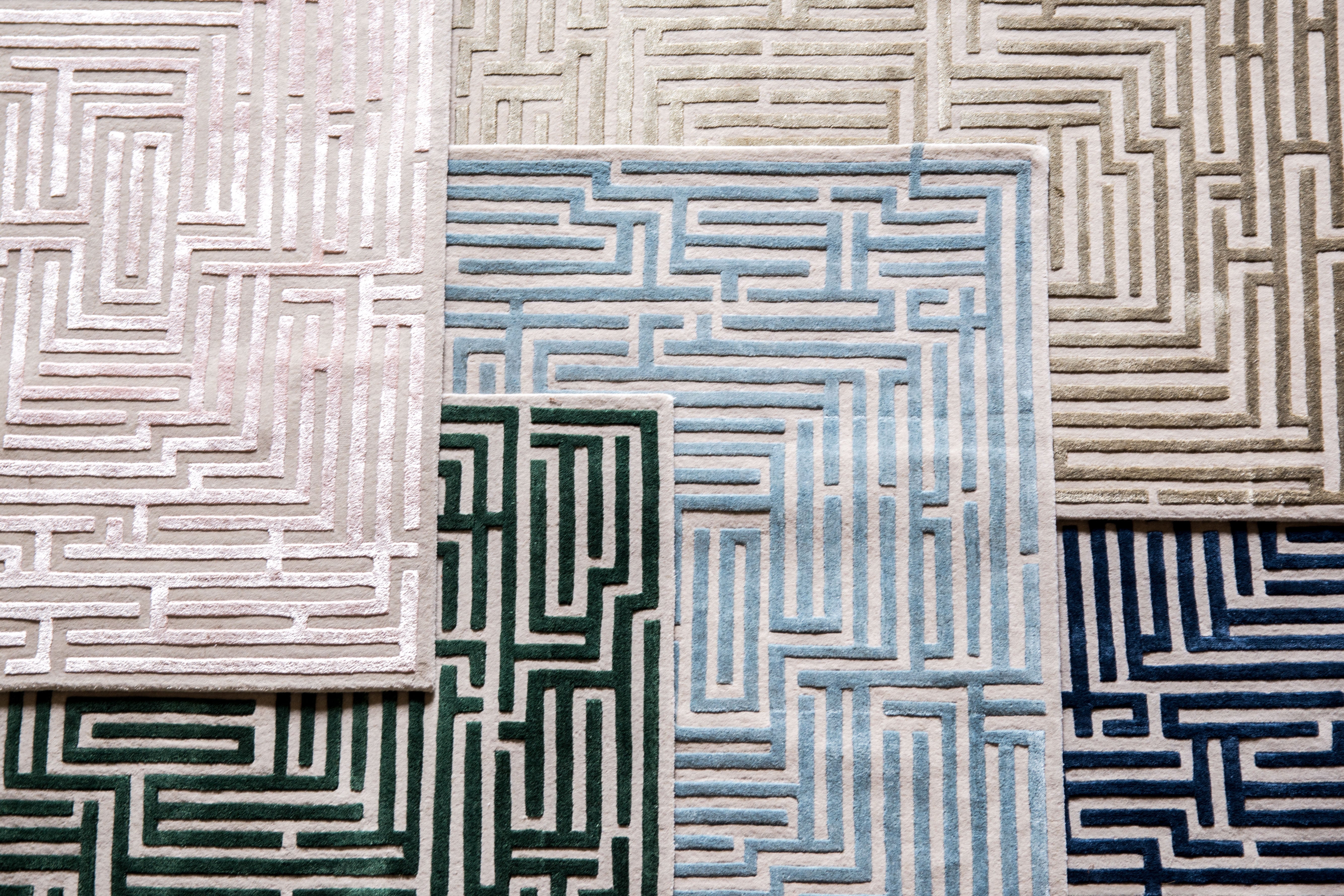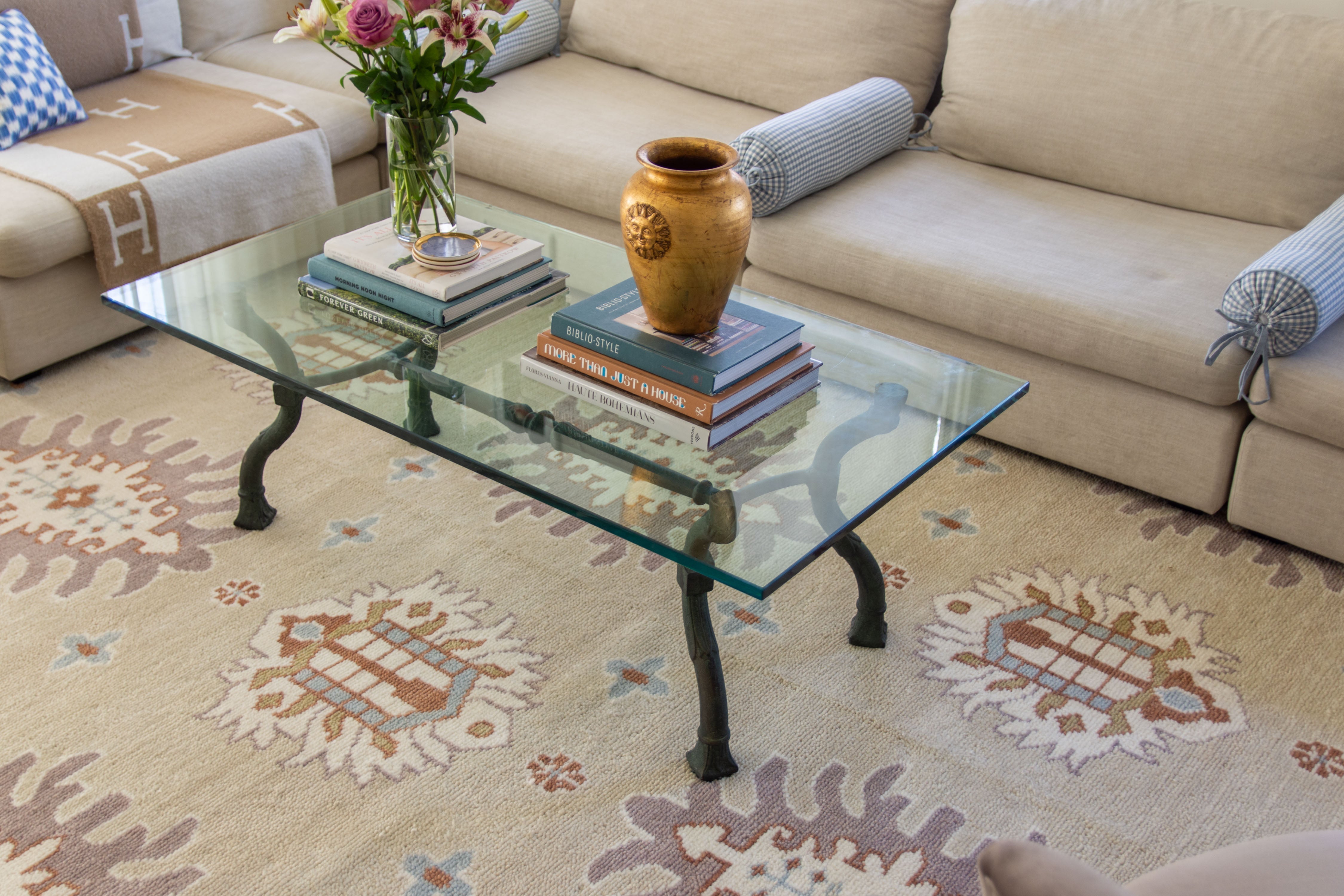Signs That It's Time to Replace Your Roof
Your roof is your home's first line of defense against the elements, tirelessly standing guard to protect you and your loved ones from rain, wind, sun, and snow. However, like anything that battles Mother Nature year-round, it will eventually wear down and require replacement. Recognizing the early warning signs that your roof needs to be replaced can save you from the inconvenience and potentially high costs of dealing with water damage, mold, and other serious issues. In this guide, we'll walk you through the key indicators that it's time for a new roof, so you can take action before it's too late.
The Importance of Hiring Professional Roofers
When the time comes to replace your roof, it's crucial to engage the services of professional roofers. These specialists possess the necessary skills, experience, and tools to accurately assess the condition of your roof and effectively perform the replacement. For a detailed assessment of your roofing needs and options, you can click here, for instance, to connect with experienced professional roofers. Attempting to replace your roof on your own or opting for less experienced individuals may seem cost-effective initially but could lead to subpar workmanship, further damage, and additional expenses down the line. Professional roofers ensure that the job is done correctly and safely, adhering to building codes and manufacturer guidelines, which can also significantly extend the lifespan of your new roof.
Age of Your Roof
One of the most straightforward indicators that it’s time to consider replacing your roof is its age. Most roofing materials, such as asphalt shingles, have a lifespan of 20 to 25 years. If your roof is approaching or has surpassed this age, it’s wise to start planning for a replacement. Environmental factors, such as living in an area with harsh weather conditions, can also accelerate the aging process of your roof, necessitating an earlier replacement. Regular inspections can help you determine the exact condition of your roof and whether it's time to start thinking about a new one. It's crucial to note that the longevity of your roof can be influenced by factors like maintenance practices, installation quality, and the climate of your region. Be proactive in scheduling regular check-ups to address any issues promptly and extend the lifespan of your roof.
Visible Signs of Wear and Tear
Visible wear and tear on your roof is a clear signal that it might be time for a replacement. Look out for missing, cracked, or curled shingles which indicate that your roof's protective surface is compromised. Additionally, if you notice a significant amount of shingle granules in your gutters or downspouts, it’s a sign that your shingles are breaking down. These physical symptoms of deterioration can lead to leaks, allowing water to penetrate your home and cause internal damage. To maintain the integrity of your roof, consider investing in high-quality roofing materials that offer better resistance to wear and tear. Regular maintenance, such as clearing debris and ensuring proper ventilation, can also prolong the lifespan of your roof and minimize the need for premature replacements.
Sagging Roof Deck
A sagging roof deck is a major indicator that your roof is in need of immediate attention. This problem is often caused by prolonged exposure to moisture, leading to rot and decay in the structural support of your roof. If you notice that sections of your roof are drooping or if there's a visible dip, it’s critical to contact professional roofers as soon as possible. Ignoring this issue could lead to structural collapse, posing a significant safety risk to your household. To prevent structural issues, consider reinforcing your roof deck with additional support beams or materials that can enhance its stability and load-bearing capacity. Early detection and timely repairs are key to ensuring the structural integrity of your roof and safeguarding your property against potential hazards.
Sunlight Through Your Roof Boards
If you can see sunlight streaming through the boards of your roof when inside your attic, it's a clear sign of a serious problem. This usually means there are cracks or holes that not only allow light in but also water during rainy seasons, which can exacerbate damage to your roof structure and interiors. Early detection and repair of these breaches can prevent more extensive and costly repairs in the future. To address this issue effectively, consider installing additional insulation or protective barriers to seal off any openings or weak points in your roof. Proper sealing and maintenance can help fortify your roof against external elements and prolong its lifespan.
Rising Energy Bills
An unexpected increase in your energy bills could be linked to your roof’s deteriorating condition. Poor insulation and ventilation in the attic, caused by a compromised roof, can result in your heating or cooling system working overtime to maintain comfortable temperatures in your home. This not only leads to higher energy consumption but also puts unnecessary stress on your HVAC system. If you notice a spike in your energy expenses, it might be worth having a roofing professional evaluate the condition of your roof. Investing in energy-efficient roofing materials and improving insulation in your attic can help reduce heat loss and air leakage, lowering your energy bills and enhancing the overall efficiency of your home. Regular maintenance and upgrades to your roofing system can contribute to long-term cost savings and improved energy performance.
Recognizing the signs that your roof needs replacement is critical to maintaining the safety, comfort, and value of your home. From observing the physical condition of your roof, such as visible wear and tear and sagging decks, to noting inefficiencies such as increased energy bills, these indicators help homeowners act promptly before small issues escalate into costly repairs. Partnering with professional roofers is indispensable for accurate assessments and quality replacements, ensuring your home remains well-protected against the elements. Remember, a robust, well-maintained roof is not just a component of your home; it's an investment in your family's safety and your home's future.










